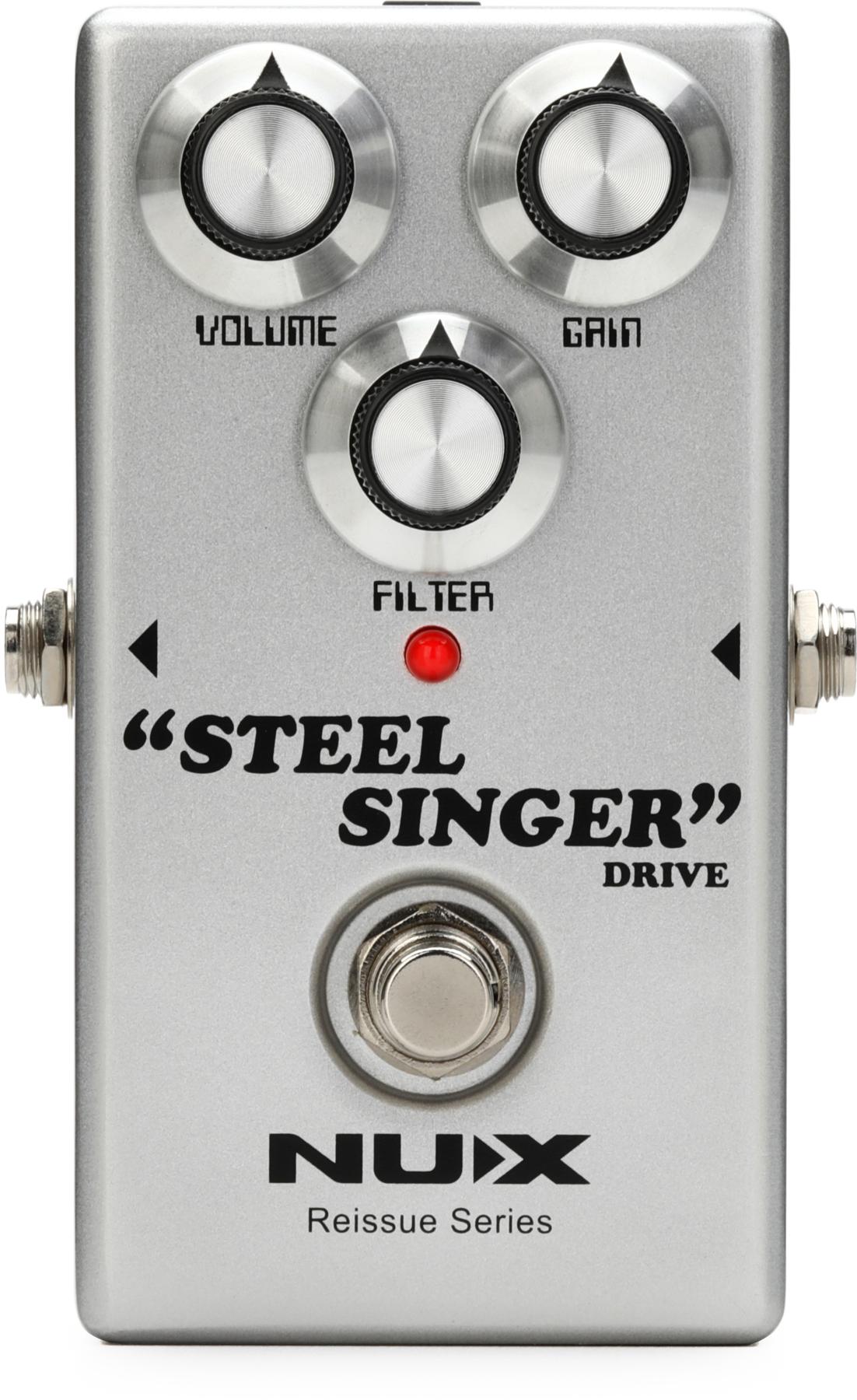Chops: Intermediate
Theory: Advanced
Lesson Overview:
• Learn how to build chords using stacked fourths.
• Create chord phrases based on the pentatonic scale.
• Combine different comping techniques for a more “outside” sound.
Click here to download a printable PDF of this lesson's notation.
Playing next to John Scofield every night is a lesson—to say the least. One technique Sco recently showed me was how to expand my comping in modal situations. The basic idea is to play quartal voicings where the top note is diatonic and the bottom notes shift chromatically. Your ear hears the main tonality of a given key but the lower notes create tension and resolution.
Quartal voicings are simply chords built by stacking intervals of a fourth (rather that a third). They have a very open and neutral quality, since there are no thirds to define a major (3) or minor (b3) harmony. Ex. 1 demonstrates how to create quartal voicings over the D minor pentatonic scale (D-F-G-A-C). To help establish the root, I play a D pedal in the audio example.
Click here for Ex. 1
A common way guitarists create harmonic tension is by approaching chords from a half-step away. Ex. 2 is the same D minor (or F major) pentatonic chord scale as Ex. 1, but each chord is approached by a half-step below. Parallel motion is a useful musical technique, but the sound is very “guitaristic.” That’s because compared to playing chromatic harmony on a keyboard, it’s easy to maintain a chord grip on the fretboard and move it up and down the neck. Remember: Shifting a chord shape one fret away also creates more dissonance than you might want.
Click here for Ex. 2
Here’s an easy way to maintain ear-friendly diatonic tonality while still retaining tension: Use the top note as an anchor and approach the lower two notes with the half-step method we discussed earlier. Let’s stay with the D minor pentatonic sound for Ex. 3.
Click here for Ex. 3
Simply changing the pedal tone also affects the overall tonality. In Ex. 4 the pedal note is now an F (instead of D). Try panning the audio track hard right and playing a different bass note—perhaps a G or a Bb—along with the audio example.
Click here for Ex. 4
Of course, anything you practice going up a scale you should also practice descending. In Ex. 5 we remain in the D minor pentatonic realm with a descending figure that also features non-diatonic intervals.
Click here for Ex. 5
It’s easier to play these voicings on the 4th, 3rd, and 2nd strings, but it’s also a good idea to be comfortable playing them on the top three strings. Check out Ex. 6 to see what I mean.
Click here for Ex. 6
You can also apply the concept to scales other than the pentatonic. Ex. 7 uses F Mixolydian (F-G-A-Bb-C-D-Eb) as the key center and takes the same chromatic approach we used previously. Notice how I’ve omitted the half–step approach wherever a half-step naturally occurs in the scale (A to Bb, and D to Eb) to maintain the pattern. Feel free to experiment, of course. If it sounds good, it is good.
Click here for Ex. 7
It’s also possible to move the lower intervals up. In Ex. 8 I keep the F on top and move the lower two notes around.
Click here for Ex. 8
Now that we’ve explored different ways to slip in and out of a tonality, let’s make a longer and more musical statement. Ex. 9 employs the basic concepts from the above examples. Check out how we start by moving the lower two notes down chromatically and then ascend before going back down the scale.
Click here for Ex. 9
Finally, you can apply the same concept to four-note chords, where the top two notes form the anchors and the lower two notes are free to move chromatically. Ex. 10 shows this type of chord movement using E minor pentatonic (E-G-A-B-D).
Click here for Ex. 10
Aside from being useful for chord melodies, these chromatic fourth voicings offer a way to create jazzy interest when accompanying a soloist—even if the soloist is playing strictly within a given key. And such chromatic quartal harmony can prompt more advanced soloists to play outside the key center and reach for intriguing lines.


























